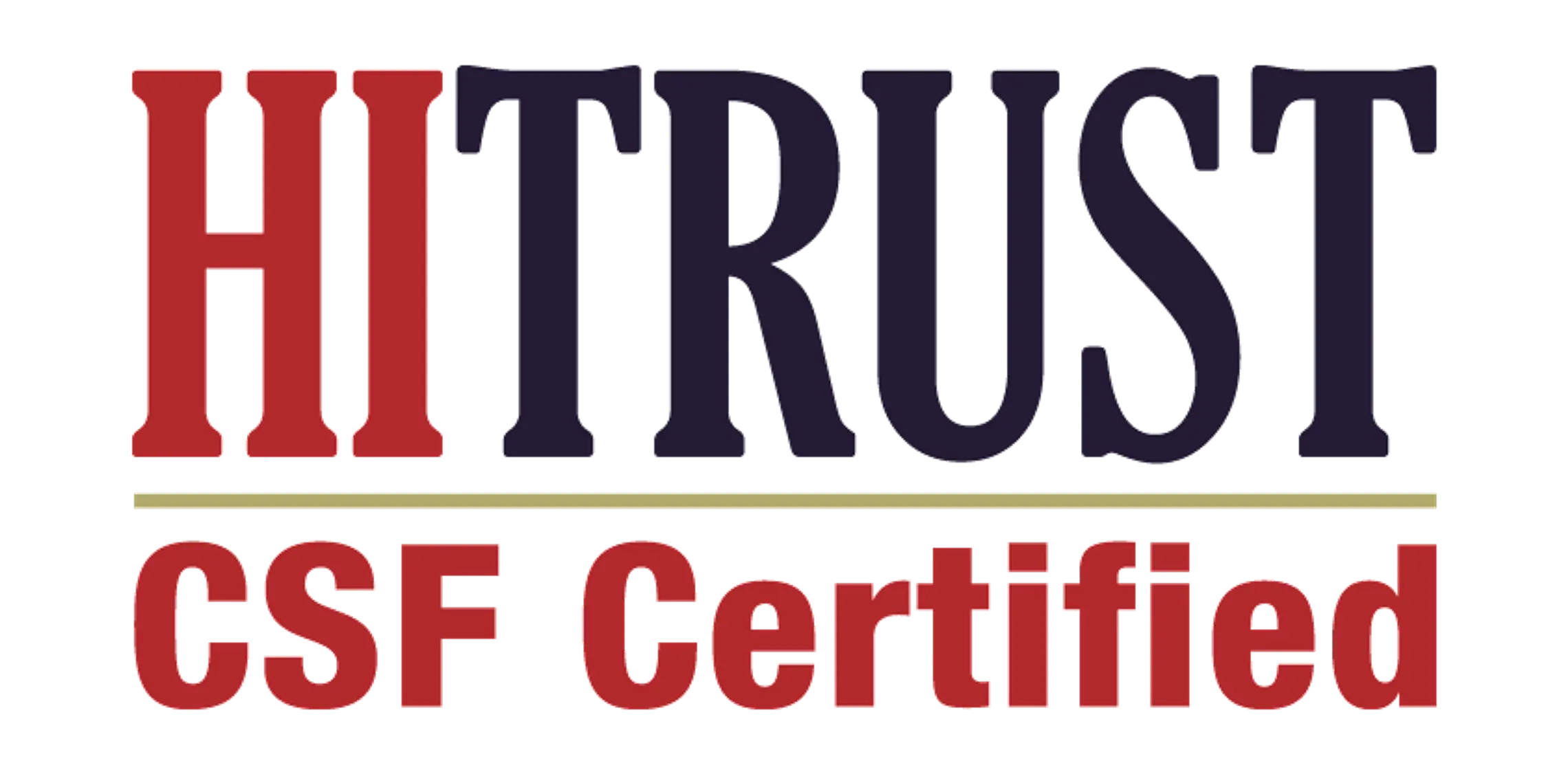Unlocking hidden revenue: Enhancing cash collection and account resolution in healthcare

In the intricate world of healthcare, efficient cash collection and account resolution processes are critical to maintaining financial health. Amidst rising costs and fluctuating reimbursement rates, many healthcare providers unknowingly overlook opportunities for revenue recovery buried within their existing operations. By enhancing these processes, organizations can not only improve their bottom line but also foster better relationships with patients and payers.
Understanding the Challenge
The challenge of effective cash collection in healthcare is multifaceted. Factors such as complex billing codes, high patient volume, and shifting insurance policies can create obstacles that hinder timely payments. Often, organizations find themselves mired in outdated practices, failing to adapt to a rapidly evolving landscape. As a result, account resolution can become a tedious, drawn-out process that frustrates patients and staff alike.
Embracing Technology for Efficiency
One of the most significant advancements in enhancing cash collection processes is the adoption of technology. Investing in robust billing software and tools that streamline the collection process can lead to substantial improvements. Automated reminders and payment options can significantly reduce days in accounts receivable, helping ensure that patients are more likely to pay their bills on time.
Moreover, implementing advanced analytics tools can uncover patterns in payment behaviors, allowing organizations to make data-driven decisions. By analyzing which billing practices yield the best results or identifying common reasons for delayed payments, healthcare providers can adjust their strategies accordingly, revealing untapped recovery opportunities.
Improving Communication and Transparency
Transparency is essential in fostering trust with patients. Clear and effective communication regarding billing practices can significantly improve cash flow. By providing patients with understandable billing statements that clearly outline charges, payment options, and insurance coverage, healthcare organizations can demystify the payment process. Furthermore, engaging patients through personalized communications—whether via email, text, or phone—can help address concerns, answer questions, and ultimately lead to quicker payment resolutions.
Training Staff for Success
A well-informed and motivated staff is crucial for enhancing cash collection and account resolution processes. Regular training programs that focus on effective communication, conflict resolution, and negotiation skills can empower employees to handle patient inquiries and payment issues more effectively. Staff who feel confident in their abilities are more likely to engage positively with patients, helping to foster goodwill and a sense of partnership in the billing process.
Creating a Patient-Centric Approach
A shift towards a patient-centric approach can also generate more successful resolution outcomes. By understanding the financial challenges that patients face, healthcare organizations can create flexible payment plans that accommodate different income levels. Offering options such as installment plans or financial counseling can alleviate financial stress for patients and increase the likelihood of timely payments.
Monitoring Performance and Adapting Strategies
Finally, regularly monitoring the performance of cash collection processes is key to identifying areas for improvement. Establishing key performance indicators (KPIs) to measure metrics such as days in accounts receivable, collections per account, and resolution rates will provide insights into how effectively cash flow is managed. With ongoing analysis, organizations can adapt their strategies as necessary, ensuring that they are always operating at peak efficiency.
Conclusion
Enhancing cash collection and account resolution processes in healthcare is not just about recovering lost revenue—it's about building stronger relationships with patients and maintaining the financial sustainability of the organization. By leveraging technology, improving communication, training staff, adopting a patient-centric approach, and continuously monitoring performance, healthcare providers can unlock significant recovery potential, ensuring a healthier financial future for themselves and the communities they serve.






